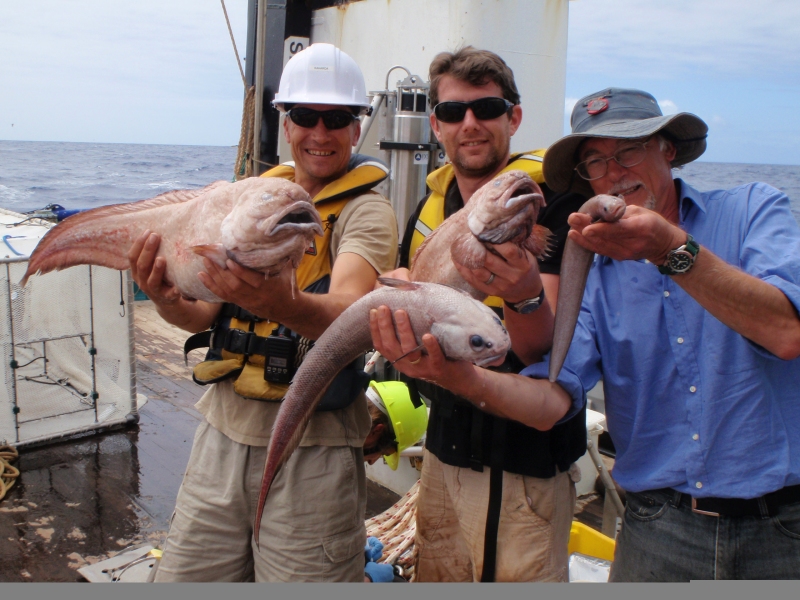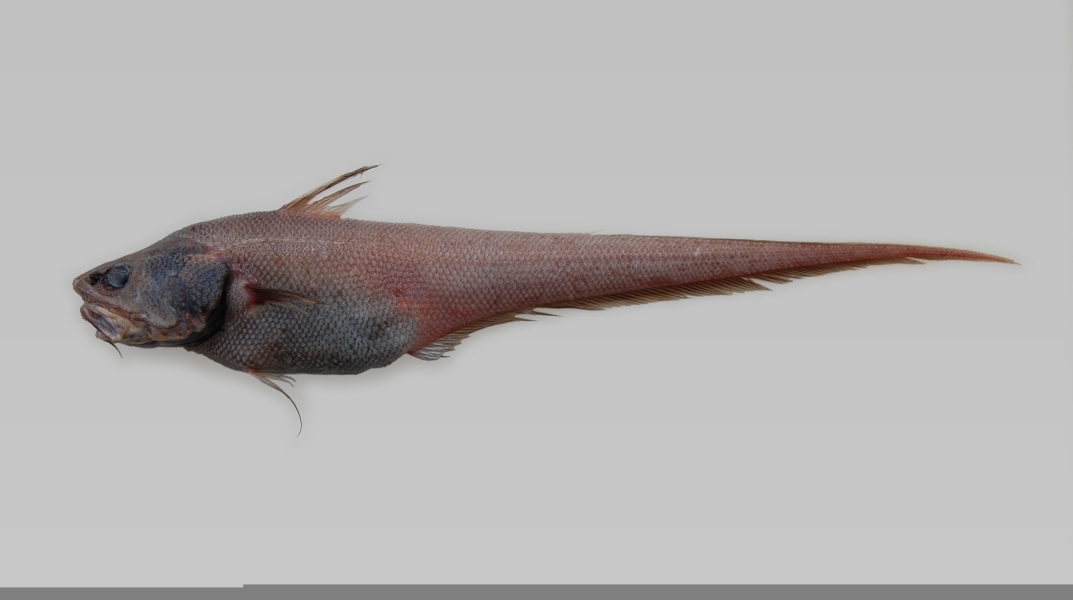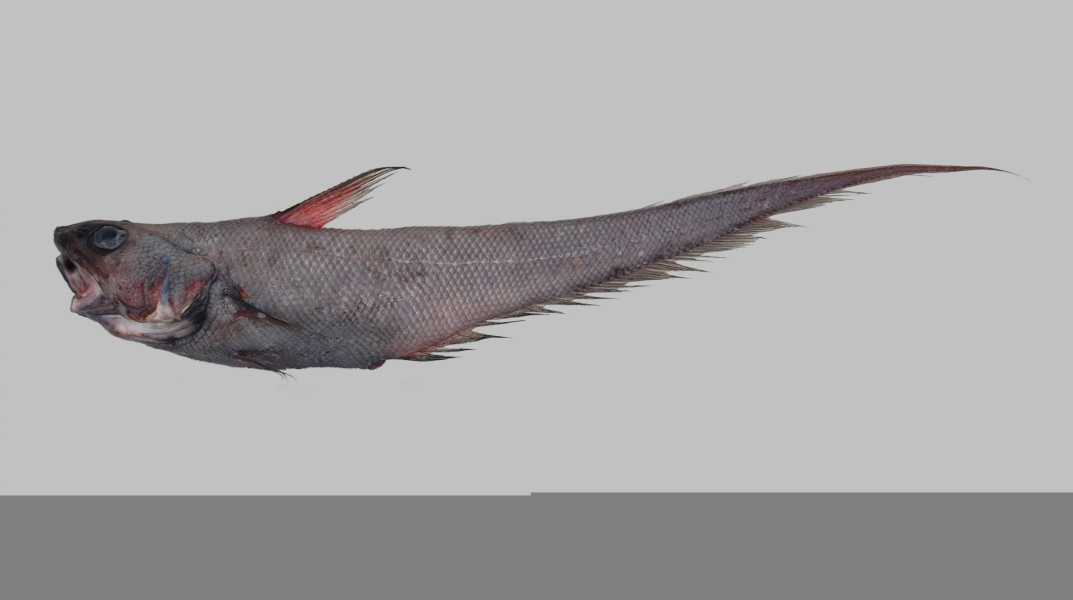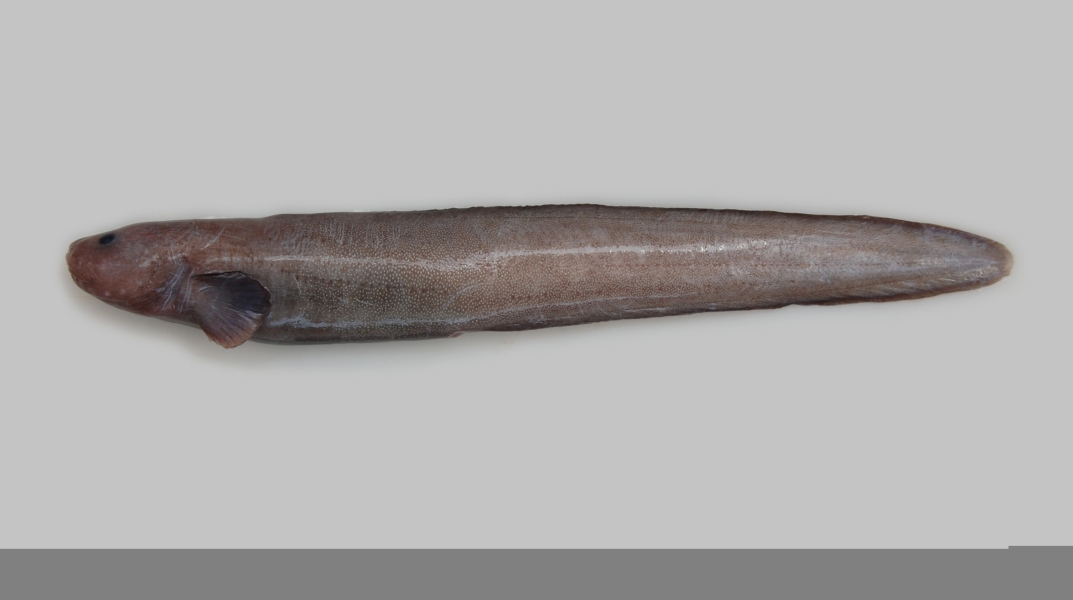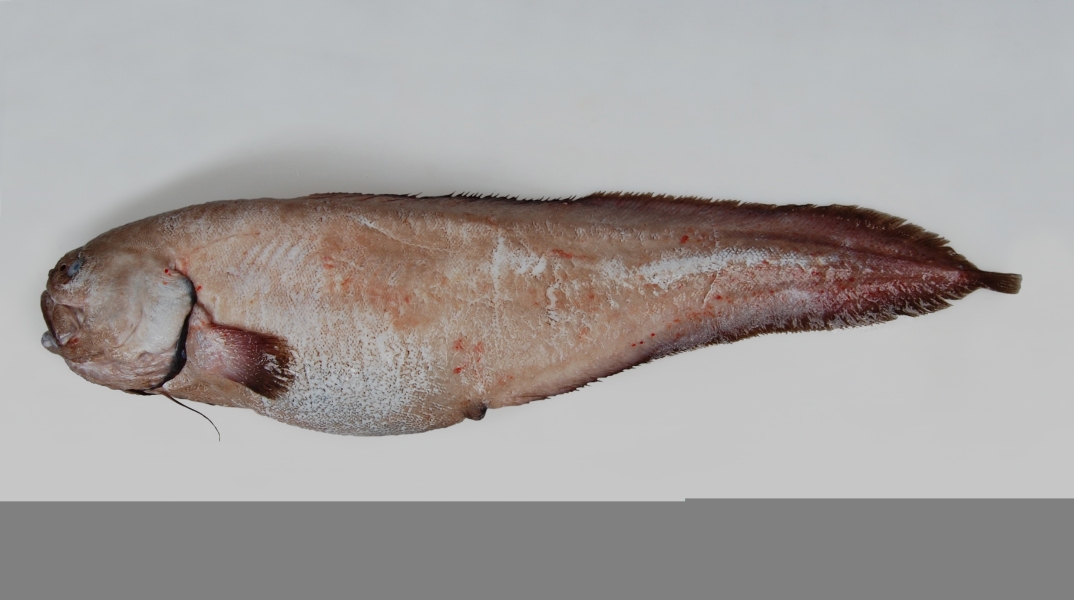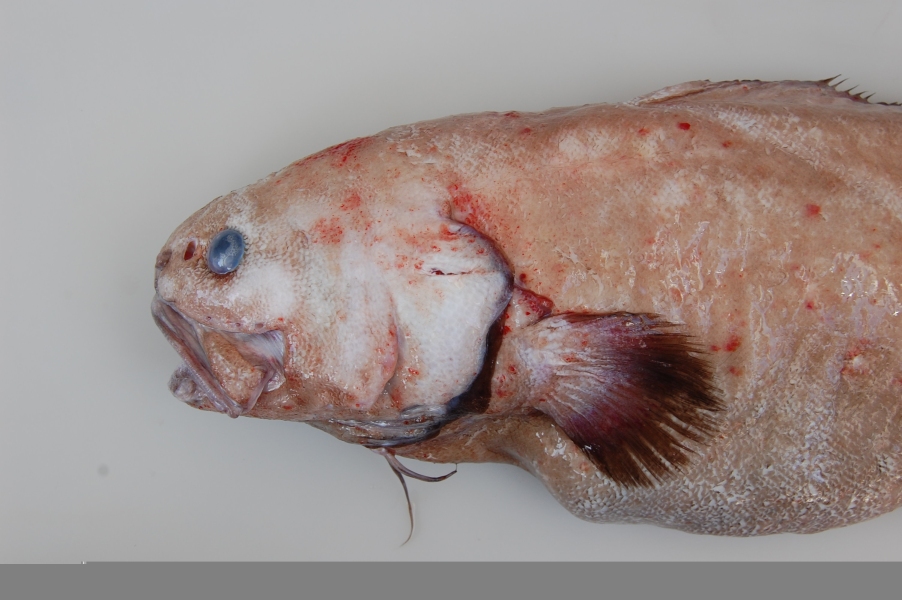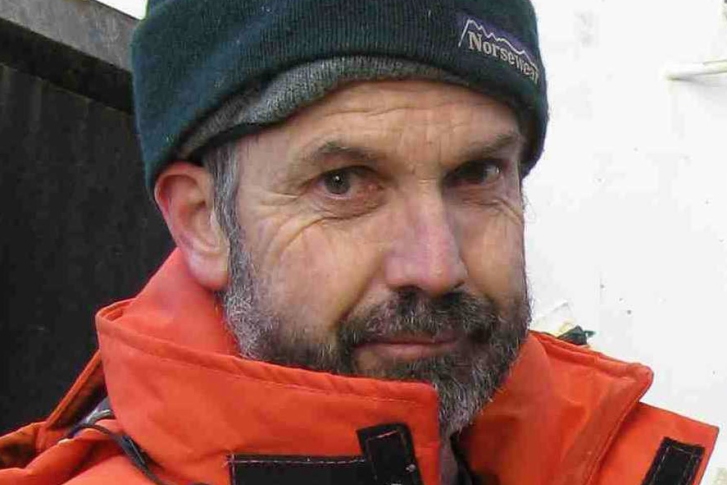Scientists have returned from a two-week survey to the north of New Zealand, near the Kermadec Islands, with photos and footage of new-to-science fish.
In seven days of sampling, they took over 6500 photographs, and caught about 100 fish.
They have discovered a new species of eelpout, and new records of a rattail fish that hasn't previously been caught in the southwest Pacific, another rattail that hasn't been caught in New Zealand waters for over 100 years and a large deep sea cusk eel.
One of the species of rattail found by the scientists, called the Cosmopolitan Rattail, was first caught off New Zealand by the HMS Challenger in a global scientific expedition in the 1870s.
Large numbers of amphipods, like marine sand-hoppers, were also sampled to continue work previously carried out by the team in the Kermadec Trench.
The voyage covered waters well below the depth that light penetrates, sampling depths between one to six kilometres on the edge of the Kermadec Trench. It is one of the deepest places on earth with depths exceeding 10 kilometres.
The scientists onboard RV Kaharoa, from the University of Aberdeen, NIWA, and Te Papa used landers, with cameras attached that free-fall to the seafloor, as well as baited fish traps to attract animals.
Voyage Leader, Dr Alan Jamieson, from the University of Aberdeen says, "The amount of data recovered during the survey was considerable. A lot can be learnt and achieved by using fairly basic equipment in the deep sea."
The new data added to information collected from the Kermadec Trench in three previous voyages on RV Kaharoa by the Aberdeen-NIWA team.
NIWA Principal Scientist Dr Malcolm Clark says, "The international collaboration enables New Zealand researchers to use scientific equipment we don't have, and to sample places that would otherwise be inaccessible, and hence unknown.
"The results from this deep exploration are giving us a much better understanding of biodiversity in the deep sea around New Zealand, and enable us to better assess potential risks to the ecosystem from future climate change and even human activities which may include seabed mining."
Deep sea areas seem beyond the reach of exploitation but Dr Clark says that "mining is a prospect in some areas of the Pacific at depths of four to five kilometres in the near future."
Dr Jamieson says, "A voyage such as this is testament to how feasible scientific research in the deep sea has become. It is no longer the inaccessible, out of reach, part of the world it once was. The technological challenges of the past no longer exist, and shouldn't limit our responsibility to learn about and understand the deep sea to help ensure the long term health of the deep oceans, one of the largest environments on earth."
The new specimens will be held at the National Fish Collection at the Museum of New Zealand/Te Papa Tongarewa.
The amphipod samples will be registered in NIWA's Invertebrate Collection.
Funding for this voyage is primarily from the Marine Alliance for Science & Technology for Scotland (MASTS), and is supported by NIWA's Deep-sea Communities project funded by the Ministry of Business, Innovation and Employment (MBIE).

